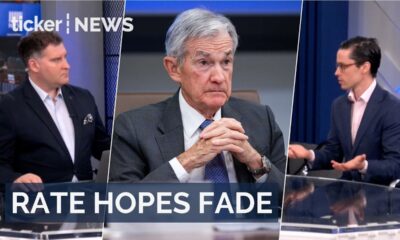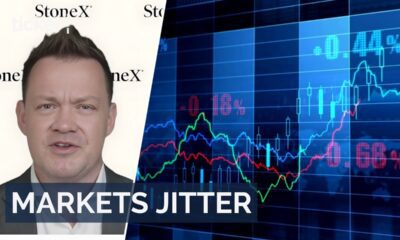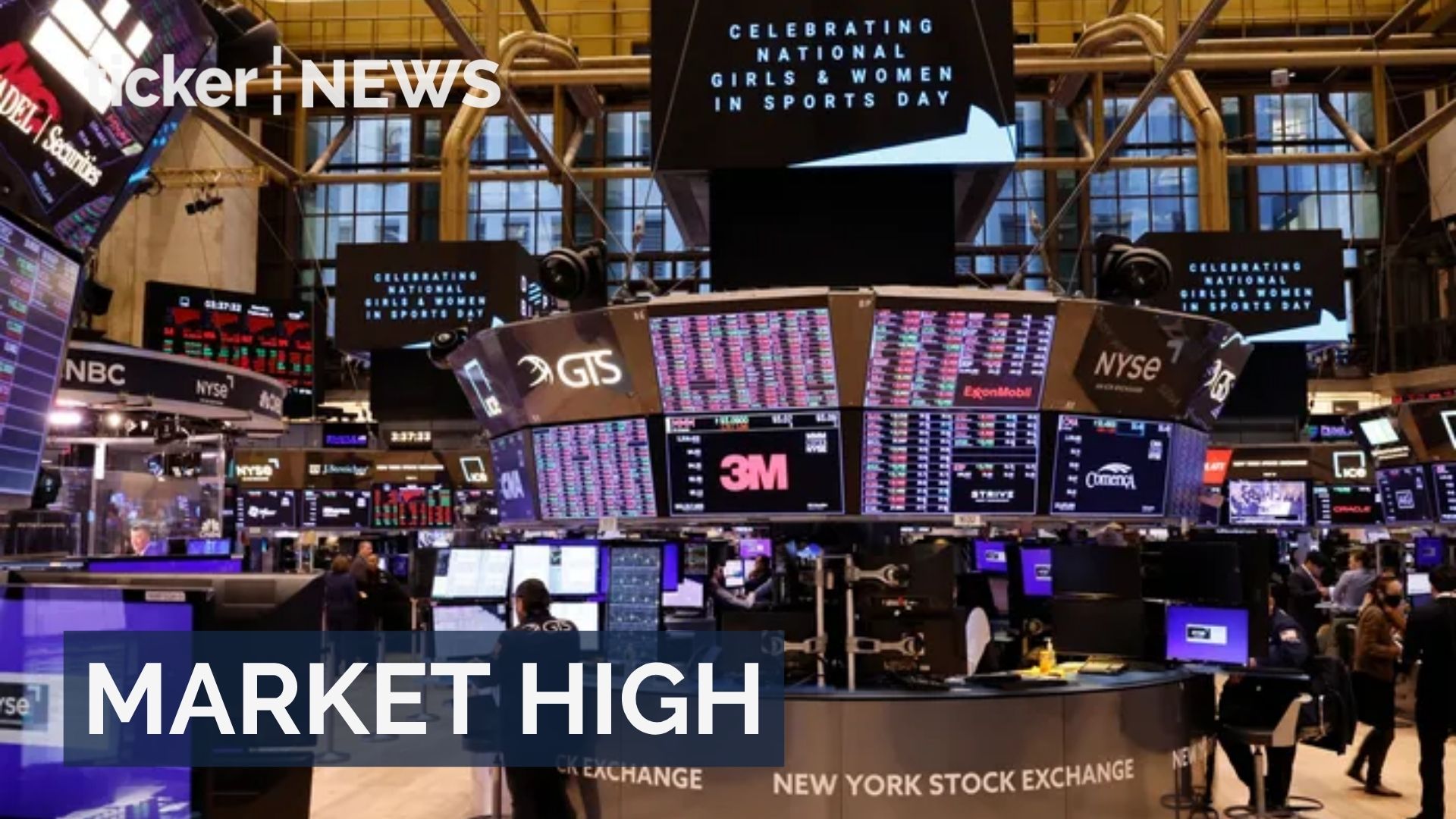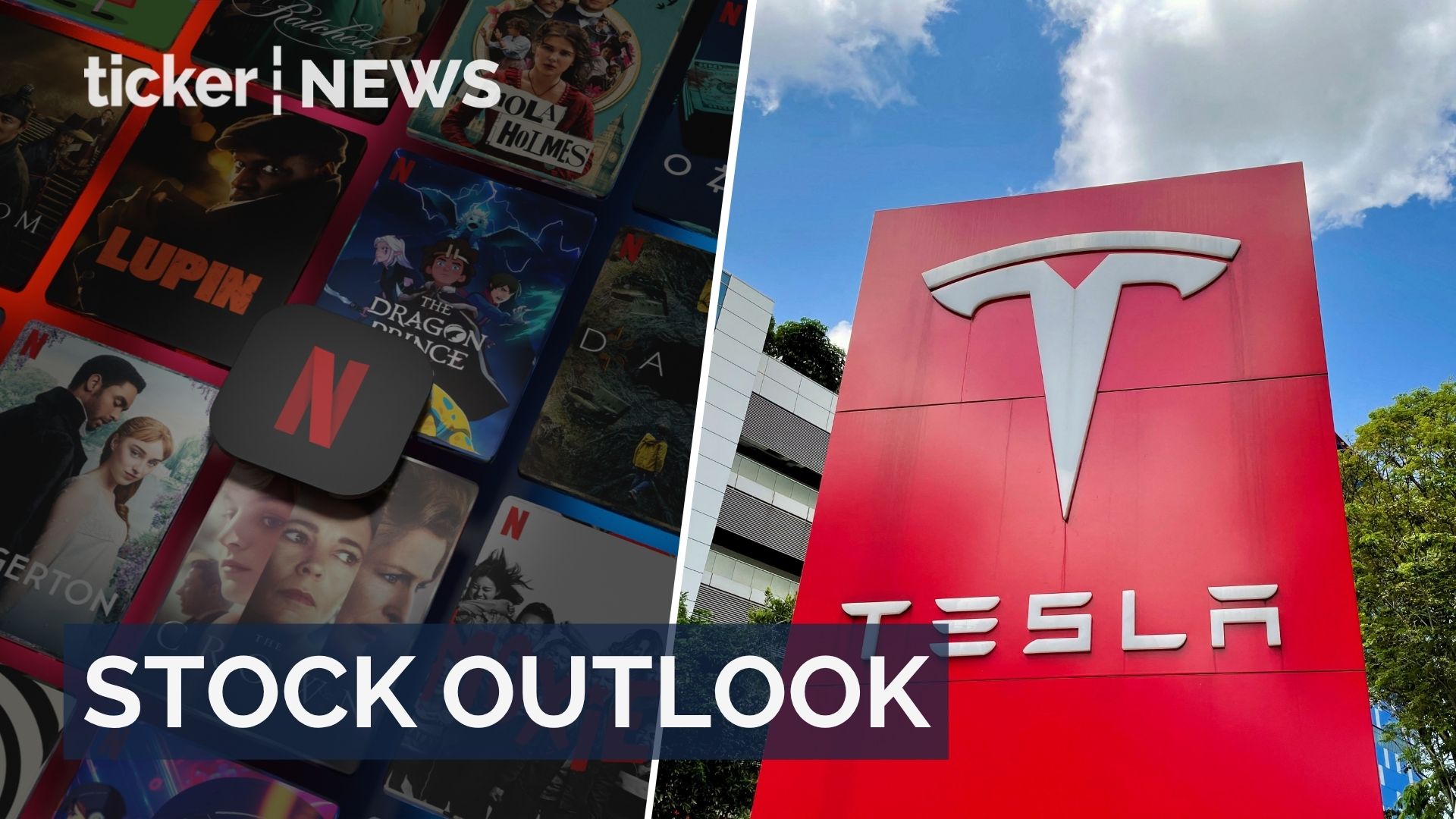Inflation in the U.S. eased in the previous month to its slowest pace in over two years, providing relief to Americans who have been grappling with a period of escalating prices
This development also increases the likelihood of the U.S. Federal Reserve refraining from further interest rate hikes, following an anticipated increase scheduled for this month.
According to the U.S. Labor Department, the consumer price index (CPI) rose by 3 percent in June compared to the previous year.
This figure represents a significant drop from the peak inflation rate of 9.1 percent observed in June 2022. Additionally, June’s inflation rate declined from 4 percent in May and was last close to 3 percent in March 2021.
However, it is important to note that inflation still remains above the Federal Reserve’s target of 2 percent.
The Fed has indicated its intention to raise interest rates to a 22-year high during its meeting on July 25-26, citing recent indications of stronger-than-expected economic activity.
The June inflation report is not expected to alter this outcome. At their previous meeting, officials opted to maintain the benchmark federal funds rate within a range of 5 percent to 5.25 percent, marking their first pause after ten consecutive increases since March 2022.
Most officials at the June meeting anticipated two more rate increases within the year.
Core consumer prices, which exclude the volatile food and energy categories, increased by 4.8 percent in June compared to the previous year.
This growth rate represents the slowest pace since October 2021 and a decrease from 5.3 percent in May.
Economists had previously estimated core prices to rise by 5 percent. Notable changes in specific categories included sharp declines in prices for used cars and airline fares, while prices for car insurance and recreation rose.
Rent saw an increase in June but at the slowest monthly pace since early 2022.
The Fed is primarily focused on curbing persistently high core inflation and considers it a better predictor of future inflation than the overall inflation rate.
Core inflation has been driven by rising car prices, strong demand for labour-intensive services, and an earlier surge in housing rental prices.
The market responded positively to the inflation figures, as they affirmed that the Federal Reserve is making progress in its efforts to control high inflation.
Stocks rose, and bond yields fell as a result.
Despite the Fed’s rate increases, the US economy has demonstrated resilience this year, defying predictions of an economic downturn.
Although hiring slowed in June, it remained strong, and unemployment rates remained historically low. The most recent estimate from the Atlanta Fed indicates that US economic output rose at an annual rate of 2.3 percent during the recently concluded second quarter.





 News4 days ago
News4 days ago


 News4 days ago
News4 days ago


 Tech1 day ago
Tech1 day ago


 News4 days ago
News4 days ago


 News5 days ago
News5 days ago


 Property17 hours ago
Property17 hours ago


 News1 day ago
News1 day ago


 Leaders5 days ago
Leaders5 days ago








